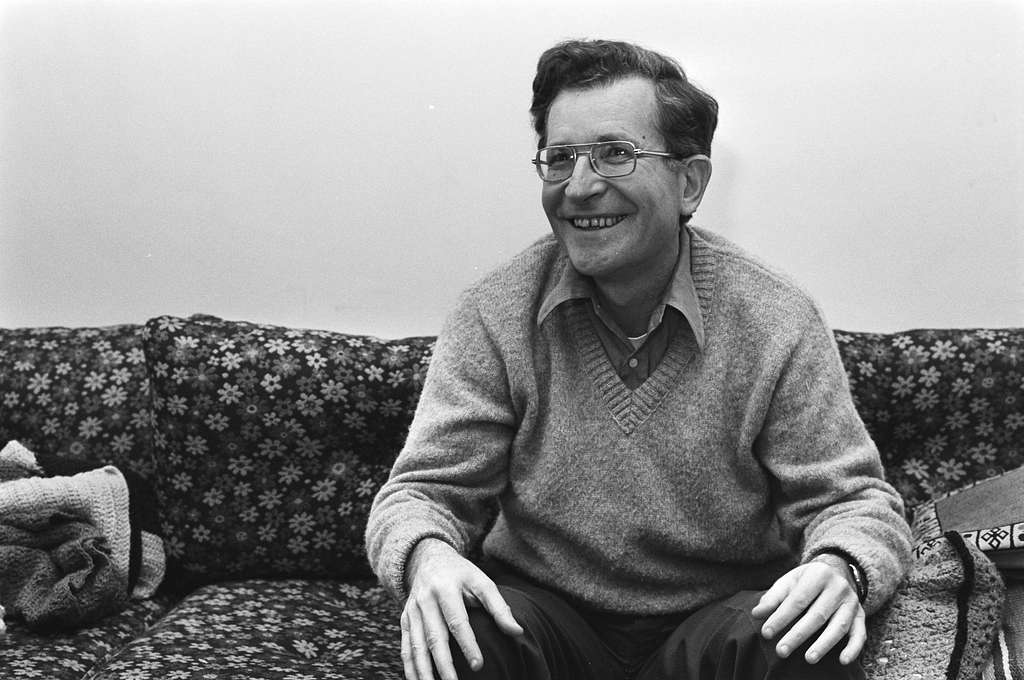Chomsky not only defined the grammar types, but also made significant contributions to the understanding of language from a cognitive and theoretical perspective.
In 1950 Chomsky proposed a new way of thinking about language acquisition, and contrasted it with Skinner’s Behaviourism. Humans acquire language by unconsciously storing information in the brain which can later be used for many types of written and oral communication. The ability to learn languages is an innate skill, which consists of two parts:
- The language acquisition device (LAD) is a hypothetical cognitive mechanism or mental structure. It is part of the overall cognitive system and innate capacity for language acquisition.
- Universal grammar (UG) refers to the innate linguistic principles or structures shared by all human languages, such as the biological grammatical categories (like nouns or verbs) that facilitate the entire language development process in children and overall language processing in adults. The language acquisition device allows universal grammar to work effectively.
Think of it like a gramophone. The LAD is the needle, while the UG is the vinyl record.
Language, in this view, fundamentally differs from a cultural thing, like eating with a knife and fork. Language is as intrinsic to humans as walking on two feet.
This is known as nativism theory.








